Study sheds light on the evolutionary origins of flight in Bats
The origin of bat flight is still not fully understood due to an uninformative fossil record but, from the perspective of a functional transition, it is widely hypothesized that bats evolved from gliding ancestors. Here, we test predictions of the gliding-to-flying hypothesis of the origin of bat flight by using phylogenetic comparative methods to model the evolution of forelimb and hindlimb traits on a dataset spanning four extinct bats and 231 extant mammals with diverse locomotor modes.
In the Press
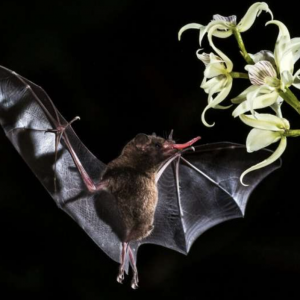
Bat evolution study supports gliding-to-flying hypothesis
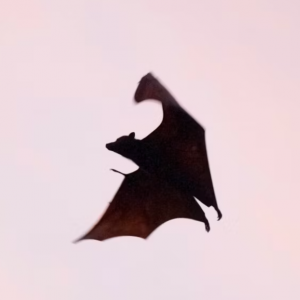
How did bats begin to fly? Science unveils their ancient secrets
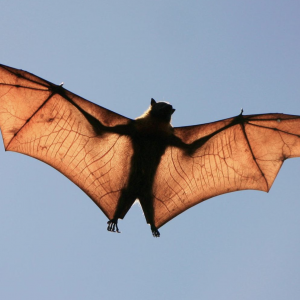
How Did Bats Begin to Fly? Science Unfolds Their Ancient Secrets
.
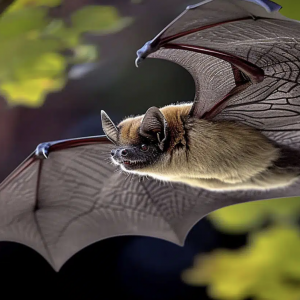
Study sheds light on the evolutionary origins of flight in Bats
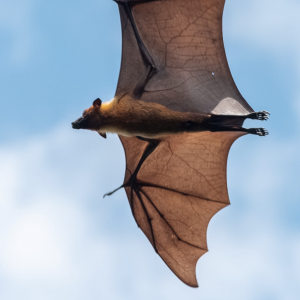
Research Takes Flight with New Insights on Bat Evolution
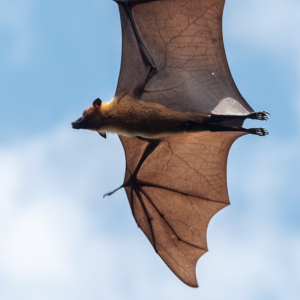
What's the backstory of how Bats became capable of flight?
Dr Chris J Law
For All Readers - AI Explainer
What is unique about bats compared to other mammals?
Bats are the only mammals capable of powered flight, and they have specialized body plans, particularly in their limb morphology, to support this ability.
What hypothesis about the origin of bat flight did the scientists test in their research?
The scientists tested the hypothesis that bats evolved from gliding ancestors by examining the limb structures of bats, gliders, and other mammals.
How did the researchers conduct their study on the evolution of bat flight?
The researchers used phylogenetic comparative methods to model the evolution of forelimb and hindlimb traits, analyzing a dataset that included four extinct bats and 231 extant mammals with diverse locomotor modes.
What did the study reveal about the forelimbs of gliders compared to bats and non-gliding arborealists?
The study found that gliders have relatively elongate forelimbs that are intermediate in length between those of bats and non-gliding arborealists.
What did the study find about the hindlimbs of gliders?
The study found that gliders have relatively narrower hindlimbs, which are intermediate between those of bats and non-gliders.
What evolutionary pathway do the study’s results support regarding the origin of bat flight?
The results support an evolutionary pathway where glider-like limb morphology precedes the bat-like morphology adapted for powered flight.
Why is this research significant for understanding the evolution of bat flight?
This research provides a foundation for future studies to explore the biomechanical, developmental, and physiological aspects of how glider-like ancestors might have evolved into bats capable of powered flight, thereby enhancing our understanding of mammalian flight evolution.
What are Article Spotlights?
Spotlighted articles are press released, and feature author interviews, AI explainers and more.
If you have published in Peer J and would like to be featured in an Article Spotlight please contact PeerJ.

